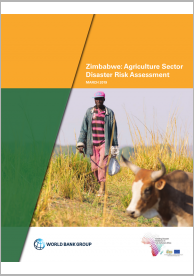
This report presents an assessment of Zimbabwe’s agriculture sector disaster risk and management capacity. The findings indicate that Zimbabwe is highly exposed to agricultural risks and has limited capacity to manage risk at various levels.
The following is a list of all conten labeled as "Economics of DRR"

This report presents an assessment of Zimbabwe’s agriculture sector disaster risk and management capacity. The findings indicate that Zimbabwe is highly exposed to agricultural risks and has limited capacity to manage risk at various levels.
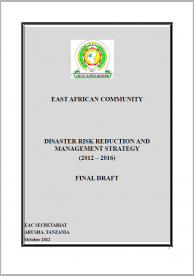
The objectives of this Strategy are to provide framework for collaboration and partnership for the EAC Partner States in Disaster Risk Reduction and Management and to facilitate and strengthen the Disaster Risk Reduction and Management activities of the EAC Partner States in line with the Hyogo Framework for Action (HFA) 2005-2015, the Africa Regional Strategy for Disaster Risk Reduction and th
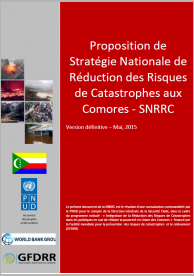
This document is the result of a consultation sponsored by UNDP on behalf of the Directorate General of Civil Security, within the framework of the program entitled: “Integration of Disaster Risk Reduction in policies to reduce poverty in the Union of the Comoros" funded by the Global Facility for Disaster Risk Reduction and Recovery (GFDRR).
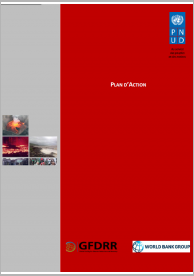
Describes the main axes, the program components and the short and medium-term strategic actions for disaster risk reduction. The main goal is to propose coherent priority actions in the short and medium term in order to operationalize the National DRR strategy. It includes a timetable and an order of execution of the various actions.

This National Action Plan aims to achieve the national objectives in the fight against desertification and land degradation, while being coherent with the operational objectives of the ten-year plan of the Convention to Combat Desertification.
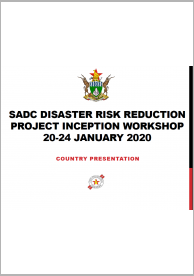
Zimbabwe presentation in the Strengthening Disaster Risk Reduction, Coordination, Planning and Policy Advisory Capacity of SADC Project Inception Workshop, held in Johannesburg, South Africa, 20-24 January 2020.
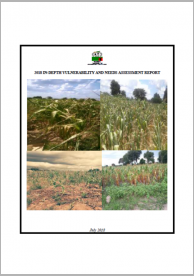
Analyse the impact of dry spells, floods and pest infestation (fall army worms and stalk borers) experienced in Zambia on society and the economy and the required actions for rehabilitation, recovery and to mitigate these impacts. The sample includes 58 districts of Zambia.
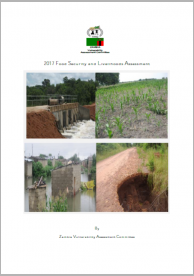
Designed to answer to chronic situations in the country and recommend the possible solutions for risk reduction and resilience building both for the short and long term in addition to support for required food where necessary.
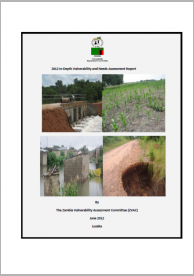
Determine the impact of the 2011/12 floods on various sectors of the economy in 18 districts of Zambia.

Determine the impact of the 2009/10 floods on various sectors of the economy in 17 districts of Zambia.